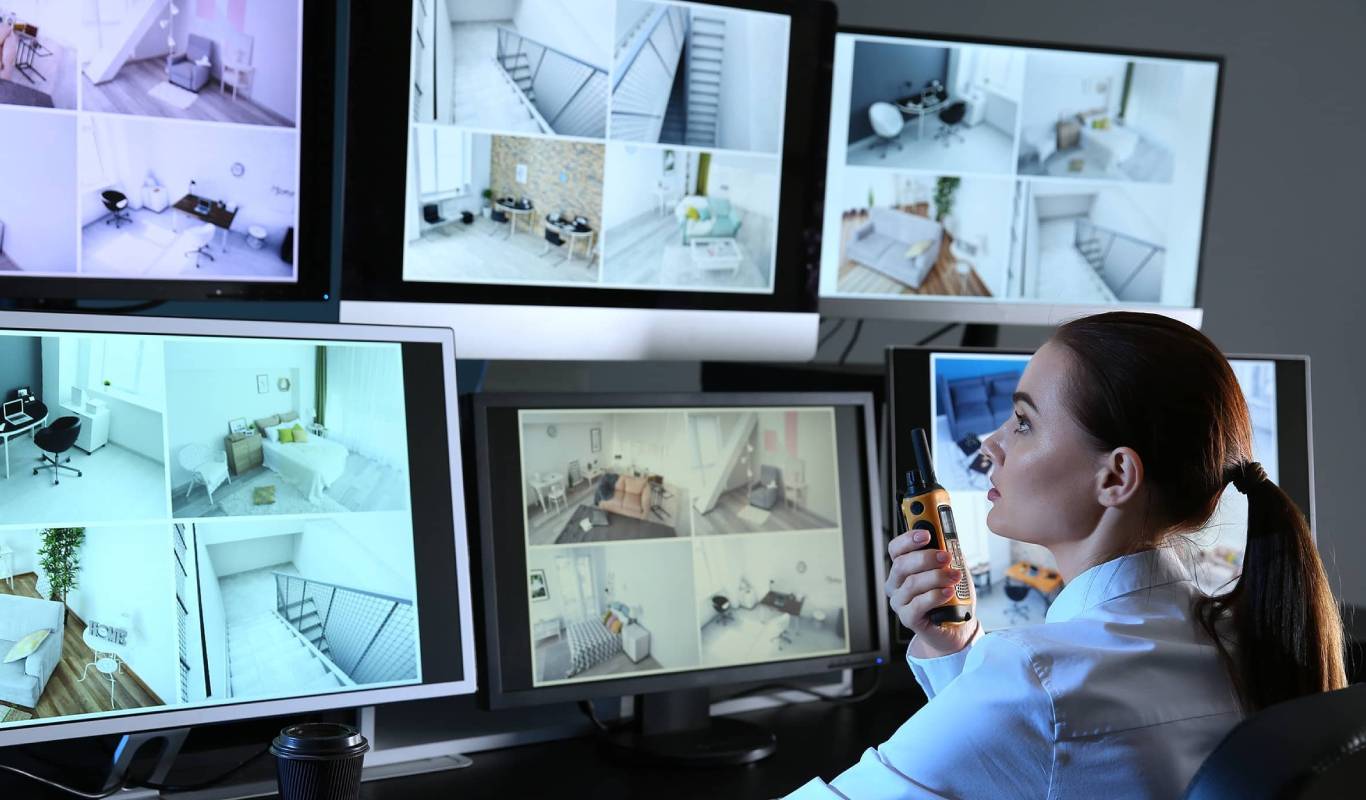
CCTV monitoring refers to continuously observing and reviewing video footage captured by closed-circuit television (CCTV) cameras in real time. It involves using technology and trained personnel to monitor the cameras and assess the video feeds for security purposes. CCTV monitoring can occur in a central monitoring station, on-site security control rooms, or even remotely via internet access.
The main objectives of CCTV monitoring are:
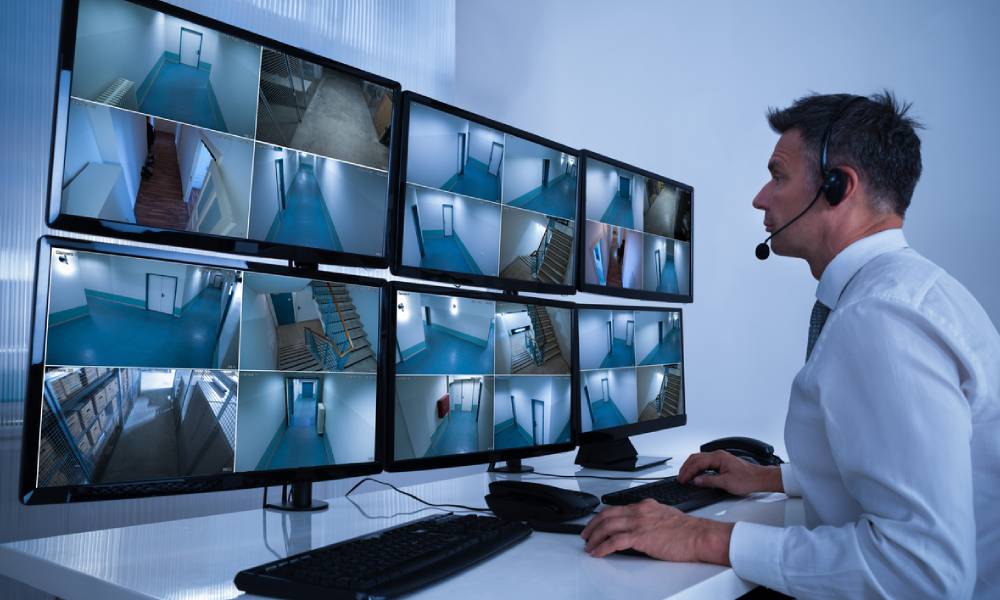
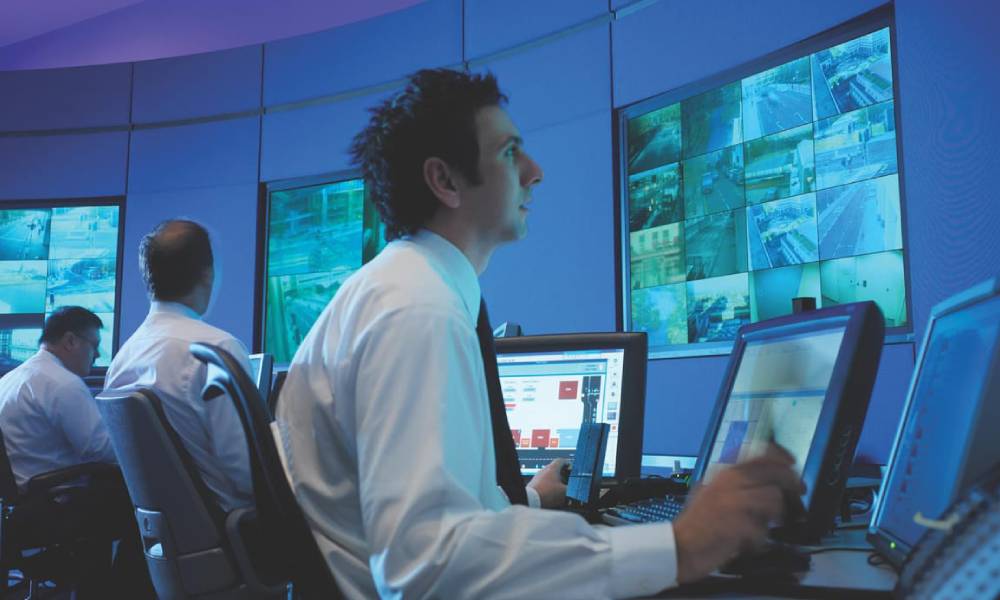
Remote CCTV monitoring involves using technology to monitor and manage security cameras remotely. Here’s an overview of how it works:
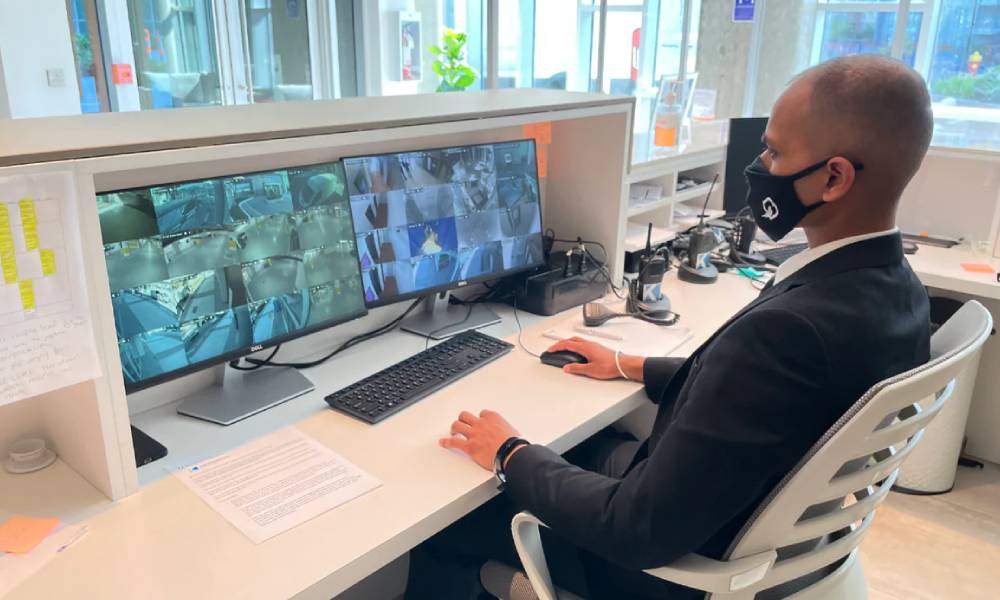

CCTV monitoring offers several key security, safety, and operational efficiency benefits. Here are some of the main advantages:
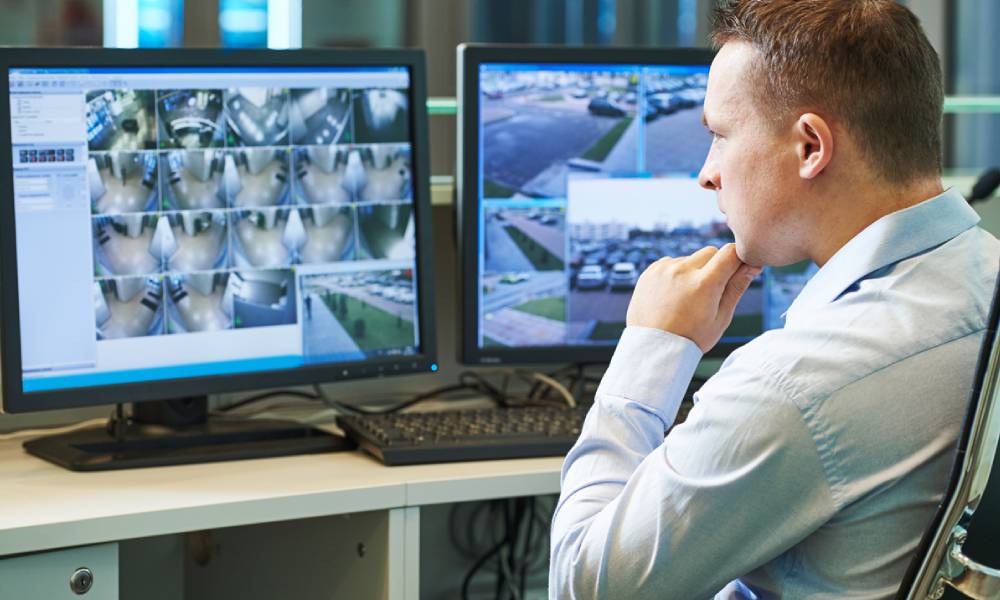
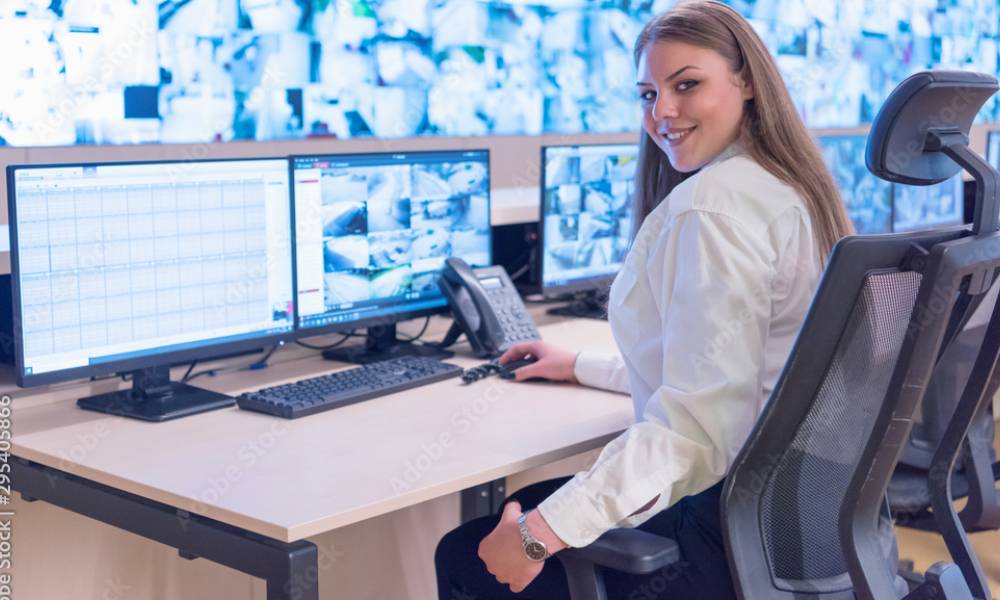
Proactive CCTV surveillance refers to the proactive real-time monitoring and analysis of CCTV camera feeds to detect and prevent potential security threats or incidents. Rather than relying solely on reactive responses after an event has occurred, proactive surveillance aims to identify and address issues before they escalate or cause harm. Here are some key aspects of proactive CCTV surveillance:
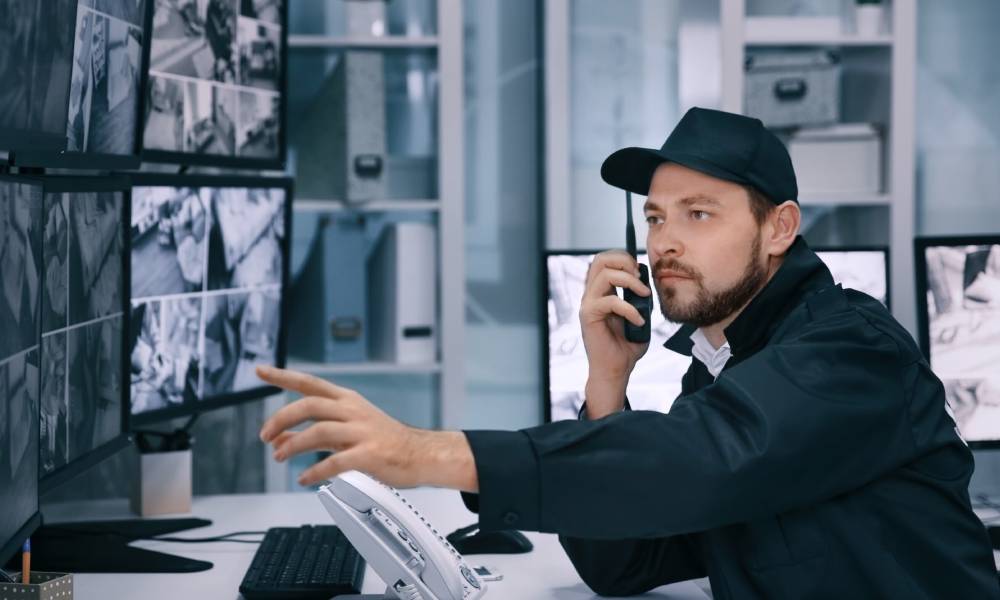
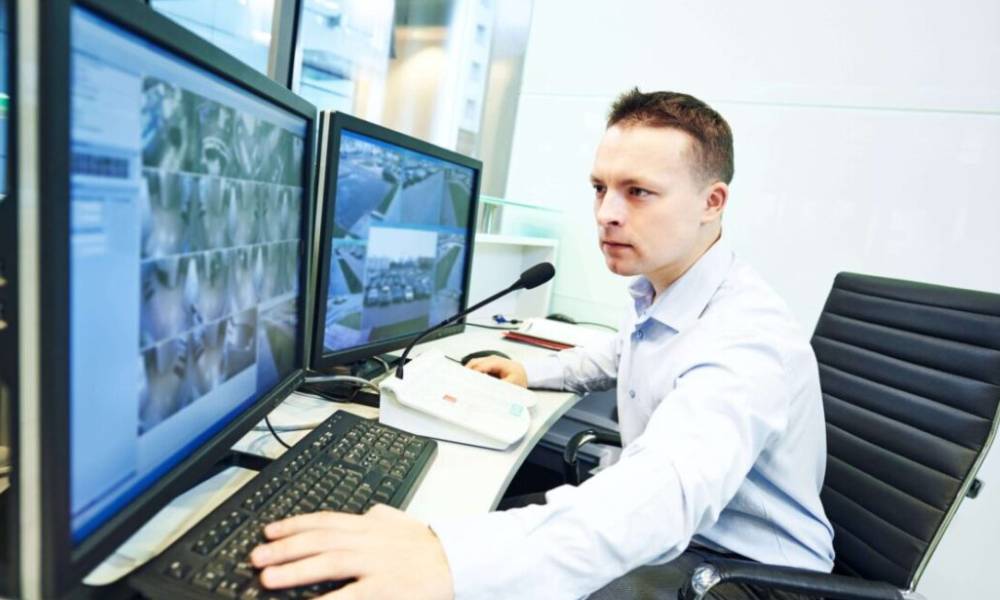
Retrospective CCTV surveillance, or forensic or post-event surveillance, refers to the analysis and review of recorded video footage from CCTV cameras after an incident or event. Unlike proactive surveillance, which focuses on real-time monitoring, retrospective surveillance involves examining the recorded footage retrospectively to investigate and gather evidence of an incident. Here are critical aspects of retrospective CCTV surveillance:
Copyright © 2023 | Prestige Security UK | All rights reserved.